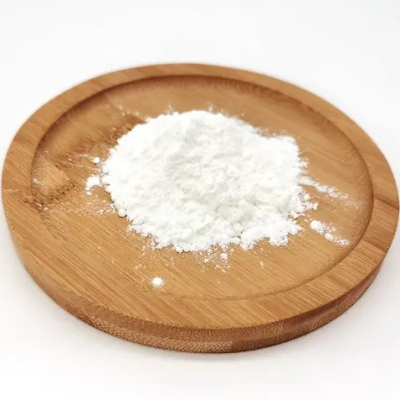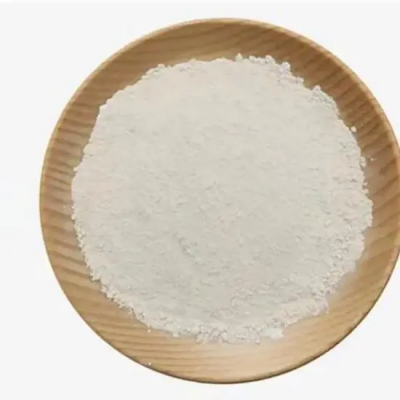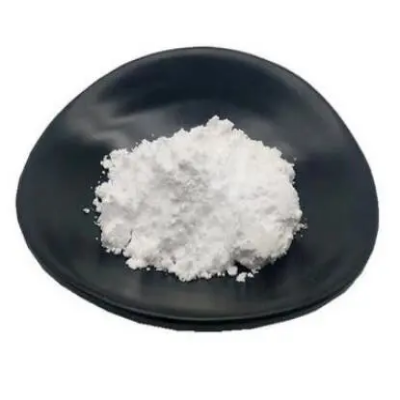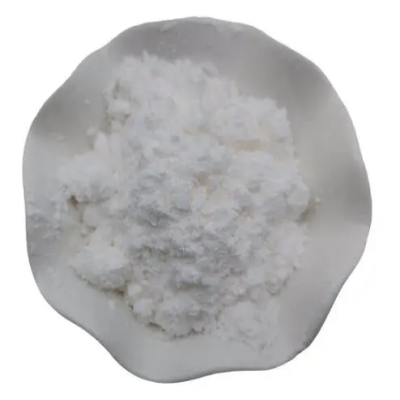EthanediaMide iMpurity A CAS:365998-36-3
EthanediaMide iMpurity A, derived from ethanediaMide, offers a compelling subject for chemical research and application due to its unique structural characteristics and functional properties. Structurally, it consists of an imidazolium moiety, which serves as the core structure. The substituents attached to this core determine its specific chemical behavior and interactions. Chemical Structure and Properties The imidazolium core of EthanediaMide iMpurity A provides it with inherent stability and reactivity, making it suitable for various catalytic processes. The nature and positioning of substituents on the imidazolium ring influence its solubility, polarity, and ability to act as a catalyst in organic reactions. These properties are crucial for understanding its potential applications in synthetic chemistry. Synthetic Methods and Applications Synthesis of EthanediaMide iMpurity A typically involves established organic chemistry techniques, including condensation reactions and subsequent functionalization steps. The resultant compound's purity and yield are critical for its effective utilization in pharmaceutical research, where it may serve as a precursor or intermediate in drug synthesis. Catalytic and Biological Relevance In catalysis, EthanediaMide iMpurity A demonstrates promise due to its ability to participate in various transformations, such as cross-coupling reactions or asymmetric catalysis. Researchers are exploring its potential in green chemistry initiatives due to its efficiency and recyclability as a catalyst. Environmental and Industrial Applications Beyond catalysis, EthanediaMide iMpurity A holds potential in industrial applications, such as in the development of functional materials or as a component in electrochemical devices. Its stability and chemical reactivity make it a candidate for emerging technologies aimed at sustainability and environmental remediation. Conclusion EthanediaMide iMpurity A stands as a versatile compound with significant potential in diverse fields of chemistry and materials science. Its structural complexity and inherent properties make it a subject of ongoing research aimed at uncovering new applications and enhancing its utility in various industrial and scientific domains. Future studies will likely focus on optimizing its synthesis, exploring novel catalytic reactions, and expanding its role in sustainable technology initiatives.



| Composition | C14H27N3O3 |
| Assay | 99% |
| Appearance | white powder |
| CAS No. | 365998-36-3 |
| Packing | Small and bulk |
| Shelf Life | 2 years |
| Storage | Store in cool and dry area |
| Certification | ISO. |


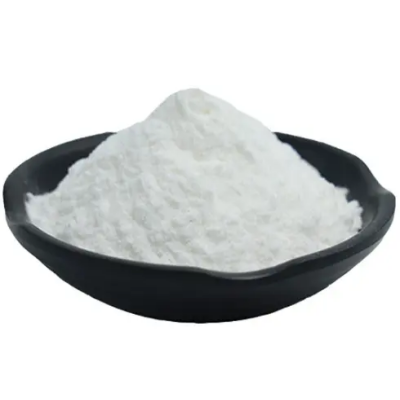
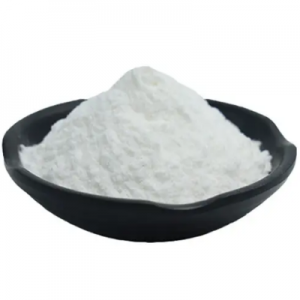
![6-Chlorothiazolo[4,5-b]pyridine CAS:1780572-16-8](https://cdn.globalso.com/xindaobiotech/V3@A6KDXTE0I05WML119.png)
